In a significant move to combat climate change, the Environmental Protection Agency (EPA) introduced in November a first-of-its-kind regulation targeting methane emissions from the oil and gas industry. It’s the first time the US government has levied a fee on excess methane production, and is aimed at curbing the unnecessary release of methane, aligning with national and international climate commitments. It will also have the added benefit of making the air cleaner in some national parks well known for stargazing near the country’s largest oil and gas production facilities — though many additional parks could see benefits from cleaner air.
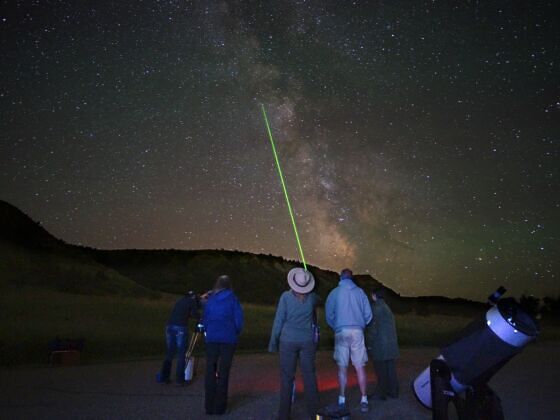

Stargazing in Some National Parks Could Get Much Better, Thanks to a New EPA Rule
According to the EPA, the regulation will result in “cumulative emissions reductions of 1.2 million metric tons of methane” (the greenhouse equivalent of 34 metric tons of CO2) “through 2035.” The US oil and gas industry emits approximately 6 million tons of methane into the atmosphere each year, and is the largest producer in the country of methane emissions, followed by agriculture and landfills.
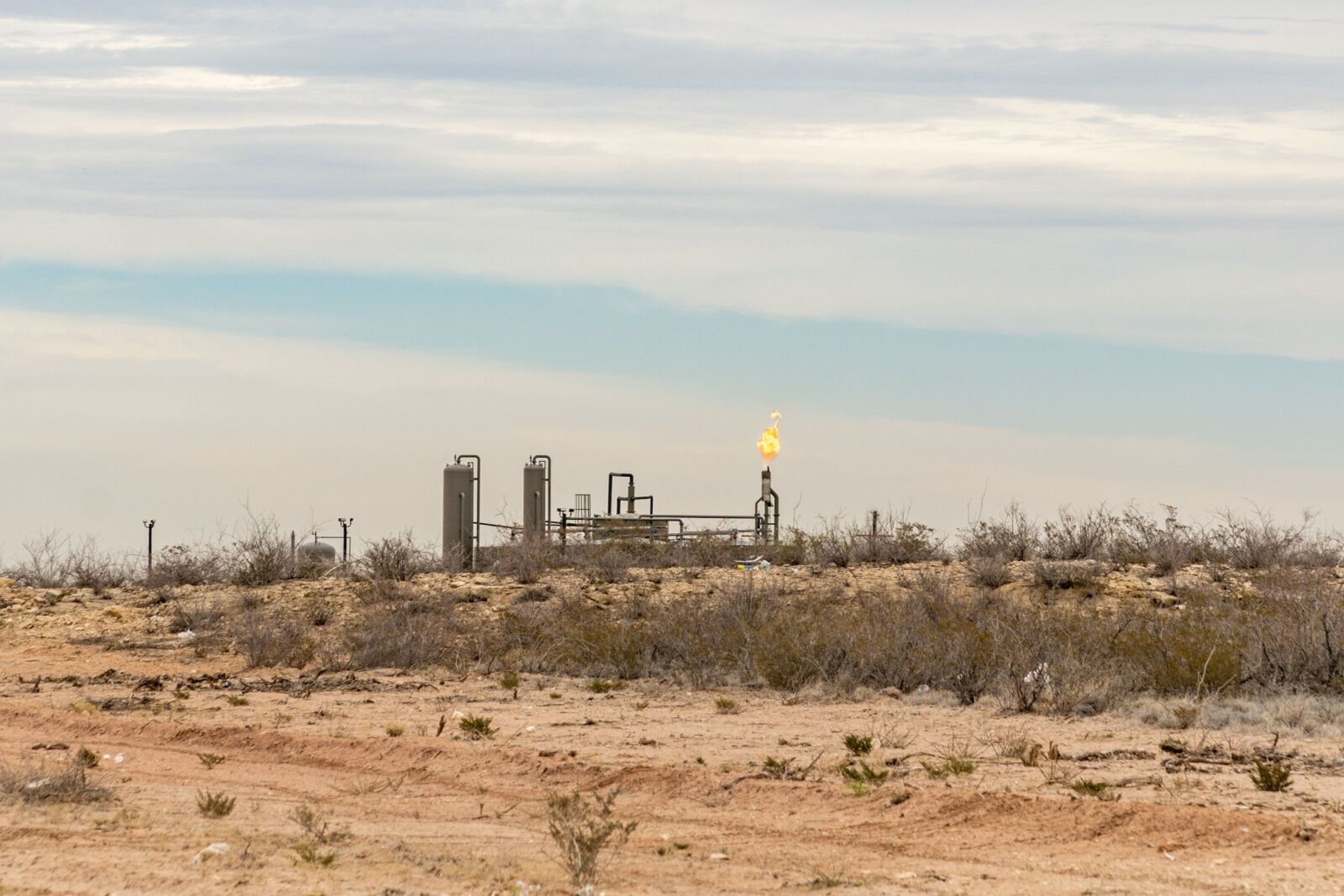
A refinery burning excess natural gas in Midland, TX. Photo: Heidi Besen/Shutterstock
Though carbon dioxide, or CO2, is the most prevalent greenhouse gas in the atmosphere (meaning that it traps heat and radiates it back to Earth, rather than allowing it to release toward space), methane is of equal concern. Molecule for molecule, methane is more effective at absorbing and re-emitting heat than carbon dioxide. So each molecule of methane has a far greater impact on climate change than a molecule of CO₂.
The regulation is called the “Waste Emissions Charge,” or WEC, and is part of the national Methane Emissions Reduction Program, first announced under the Inflation Reduction Act of 2022. As per the newly released details, oil and gas facilities that emit excess methane above specified thresholds will need to pay a penalty fee. Excess methane is defined as methane released beyond normal limits, usually due to violations like leaks in pipes or or improperly sealed tanks and infrastructure. In other words, methane that gets released in the normal course of producing energy won’t be fined — just methane releases that could have been avoided. Large-scale production facilities will be fined $900 per metric ton of excess methane; the fee will go up to $1,500 by 2026.
In addition to the fee, the regulation also includes incentives for companies to adopt more eco-friendly production and storage methods. In theory, it’s good news for companies, which can avoid paying the fee by taking advance of the government incentives, and a win for the planet, wildlife, and park visitors, which will benefit from having less methane in the air.
What national parks will benefit from lower methane levels?
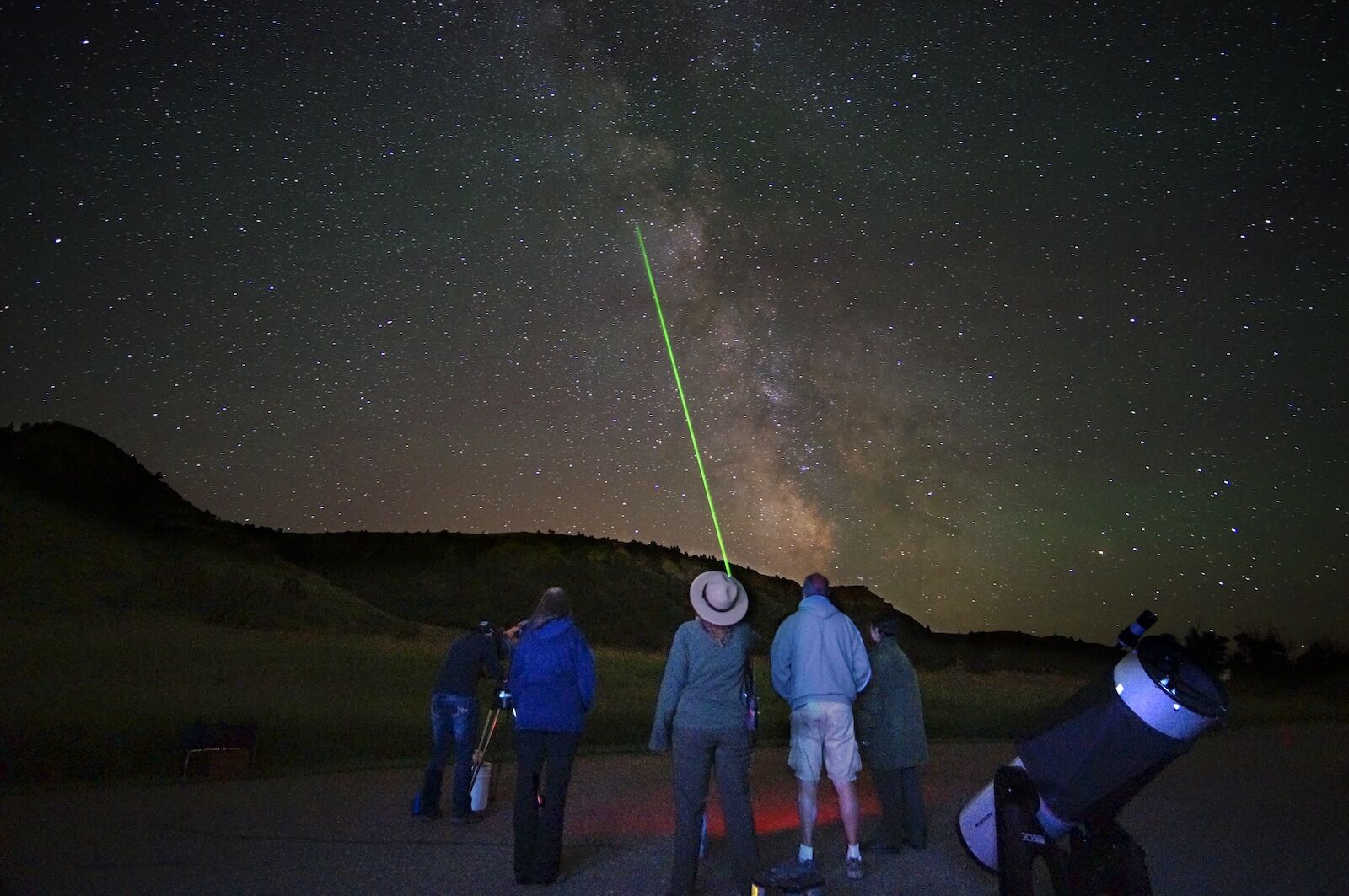
Rangers at Theodore Roosevelt National Park. Photo: NPS/Jeff Zylland
Aside from the negative environmental impacts caused by climate change, methane has a negative effect on one of the most popular activities available in America’s midwestern national parks: stargazing. “Venting and flaring natural gas, a practice routinely done by oil and gas operations, impacts dark night skies by contributing to light pollution and impacting visual resources at some of our most iconic national parks,” says Natalie Levine, campaign director of the National Parks Conservation Association’s (NPCA) Clean Air Program. She says national parks near oil and gas production facilities like Carlsbad Caverns in New Mexico, Guadalupe Mountains in Texas, and Theodore Roosevelt National Park in North Dakota are likely to see the most immediately improvements to stargazing and air quality.
Methane has a lifespan of about 12 years. That’s far less than the lifespan of CO2, which can linger for thousands of years. That means methane reduction efforts can be observed more quickly, and reductions in ground-level ozone (smog) can usually be noticed within a few months of making significant methane reductions. Areas with previously high methane emissions may notice ongoing improvements in air quality within a year, if significant reductions are made. A lack of smog and better general air quality will likely mean noticeable improvements for astronomy-related activities.
If you’re hoping to see for yourself whether the stars are any brighter with less methane in the air, you have plenty of options between Carlsbad Caverns, Guadalupe Mountains, and Theodore Roosevelt national parks, all three of which are renowned for stargazing opportunities.

Most campsites in Guadalupe Mountains National Park have excellent stargazing potential. Photo: cvo/Shutterstock
At Carlsbad Caverns National Park, visitors can attend more than half a dozen weekend-long “Night Sky Parties,” held annually between May and October. They’re free to attend, and include the use of telescopes and on-site rangers to guide viewers through the night sky. The park also hosts short night sky hikes through the summer, and local stargazing groups are known to host informal meetups at the park throughout the year.
For Texas locals and visitors, Guadalupe Mountains National Park’s remote location ensures fairly good stargazing from anywhere in the park. And since its campsites are among the easiest in the park service to secure last-minute, it’s an excellent place for an overnight trip to stare at the stars. For park-goers who want guidance, the park hosts occasional night sky ranger talks throughout the year.
At Theodore Roosevelt National Park in North Dakota, one of the park system’s least-visited sites, it’s also hard to find a bad spot to stargaze. “On clear nights, the Milky Way, planets, stars, and many constellations are visible,” according to the official park webpage, though it also notes “like other areas, there are threats to its relative darkness. Light pollution from oil and gas development surrounding the park is visible in some areas.” The park is home to the Dakota Nights Astronomy Festival each fall, a three-day festival of lectures, workshops, group activities, and plenty of opportunities to observe the night sky. Throughout the summer, there are also occasional free stargazing programs and ranger talks for guests.
What will the long-term impacts be to air quality and national parks?
The National Parks Conservation Association, a nonprofit focused on preserving shared public lands, issued a 2022 report that found 97 percent of parks show some degree of impact from air pollutants (including, but not limited to, methane). That means all national parks could potentially see improvements from the new excess methane fees, though Levine notes that it can be difficult to measure direct impacts of specific laws, since many clean air rules work in concert to deliver change. “So having all the tools in the toolbox to deliver clean air is essential,” she says.
It may be hard to measure if the program works for another reason, too: in January 2025, the Biden Administration will transfer government control to former president Donald Trump, who will serve as president until 2028. But undoing damage caused to the atmosphere isn’t a quick process, and the Trump team’s nominee for managing the Environmental Protection Agency has issued mixed public comments regarding his stance on oil production. EPA director nominee Lee Zeldin has stated he’ll “restore US energy dominance” and “revitalize our auto industry to bring back American jobs”– though he also mentioned a goal to “protect access to clean air and water.”
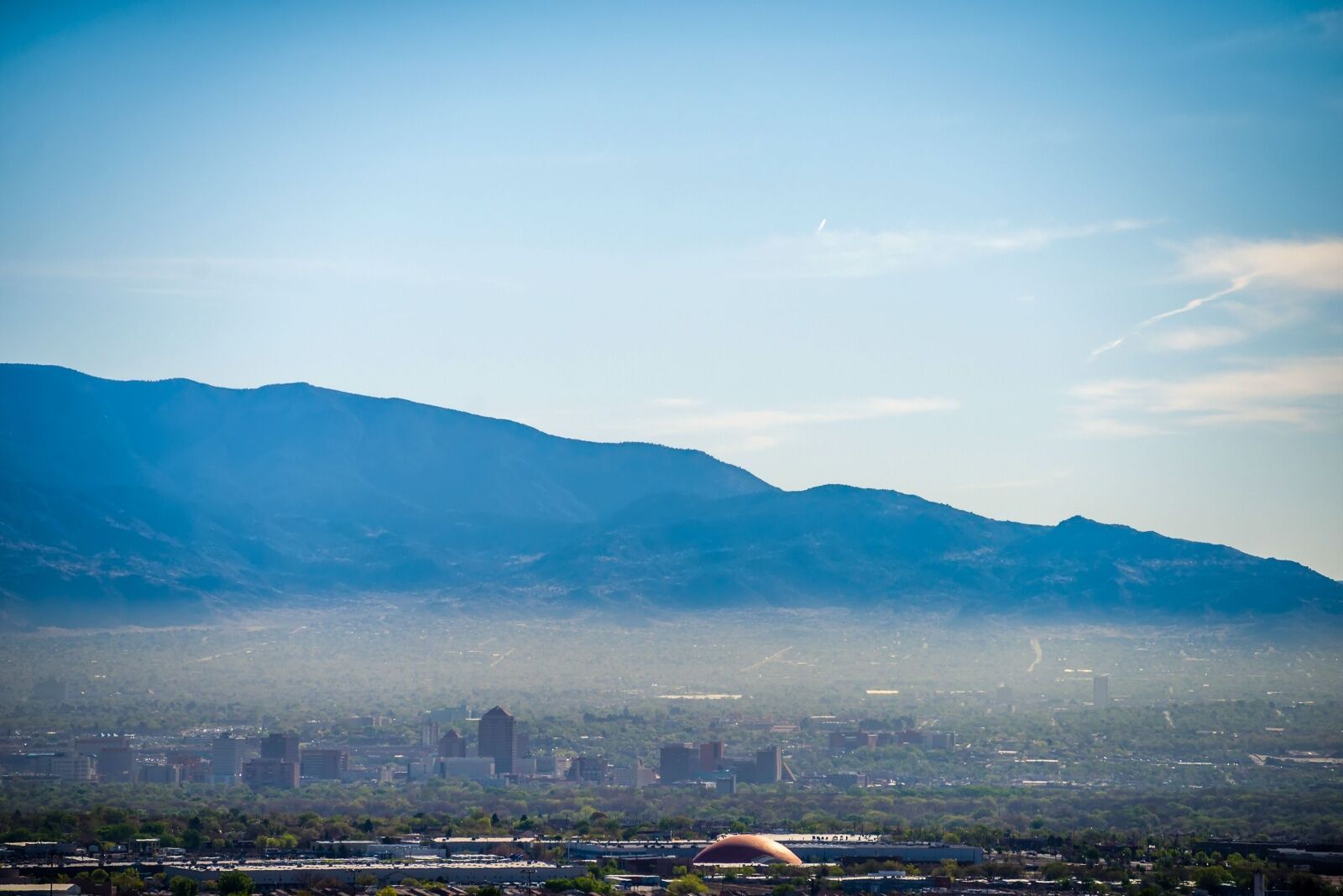
Methane is a large contributor to low-level smog, which is why removing it from the air can improve stargazing opportunities. Photo: digidreamgrafix/Shutterstock
President elect Trump has made much more direct statements on his thoughts toward energy production, often criticizing federal environmental agencies for what he perceives as overreach. In a 2015 interview, he stated, “Environmental Protection, what they do is a disgrace. Every week they come out with new regulations,” and went on to imply he may cut the agency. In his first term, he withdrew the US from the Paris Agreement, an international treaty on climate change of which nearly every major country in the world is member. (Biden recommitted the US to the Paris Agreement on his first day in office in 2021).
Trump has repeatedly said he is undecided on whether the science on human-caused climate change is correct, though research in 2021 analyzed more than 88,000 climate-related studies and concluded that at least 99.9 percent of them attribute climate change mainly to human activities. He has also suggested that the concept of global warming was created “by the Chinese” to hurt American manufacturing, and has often suggested that cold weather means global warming isn’t happening. (Weather and climate are two separate concepts). However, as a national fact-checking website points out, Trump has not used the word “hoax” to describe climate change in several years, and he’s focused many of his campaign promises on issues related to immigration, taxes, and foreign policy, not climate change. So it’s not clear what priority reviewing environmental legislation would have on his list of action items after taking office.
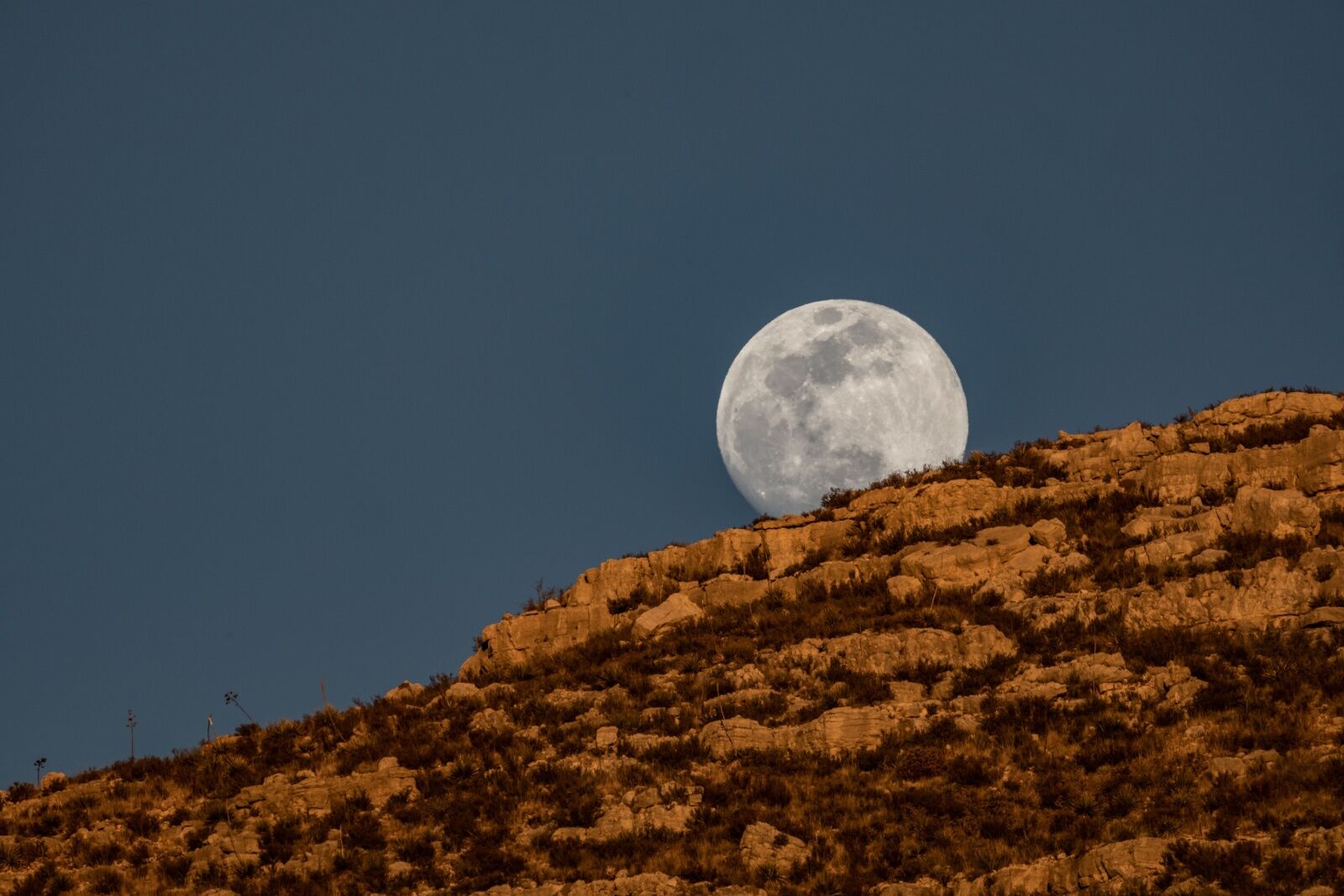
Moonrise over the Guadalupe Mountains of. Texas. Photo: Kelly vanDellen/Shutterstock
With Republicans poised to control Congress come 2025, it’s possible the country’s lawmaking body could vote to undo the Waste Emissions Charge, with or without a presidential directive. But it wouldn’t be a quick process, says Levine. Legislators would first have to modify the Inflation Reduction Act, which involves a multi-step process of drafting, review, debate, and voting. Or, “the Trump Administration could propose new regulations that rescind the regulations that the Biden Administration has finalized under the Methane Emissions Reduction Program,” she says, “but those new regulations would take time and would have to go through public notice and comment.” In the meantime, the EPA would likely be able to enforce the rule, even while debate on its future was ongoing. “The DC Circuit Court has already denied a stay to the oil and gas operations rulemaking while it proceeds through litigation,” she notes. “So the rule is continuing to be implemented even in the face of opposition and litigation.”
That may create enough time for stargazers — and all other park visitors — to notice some improvements to air quality in nearby national parks.